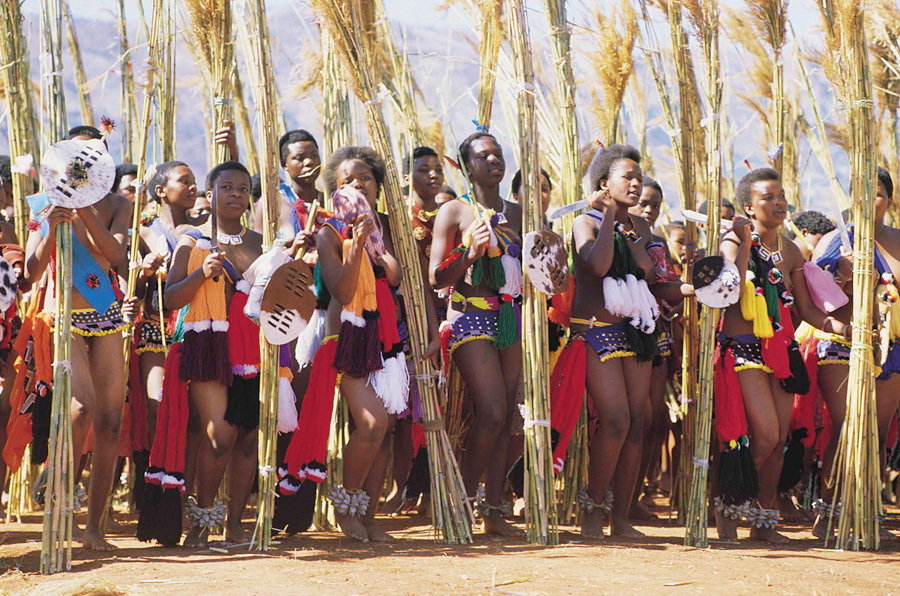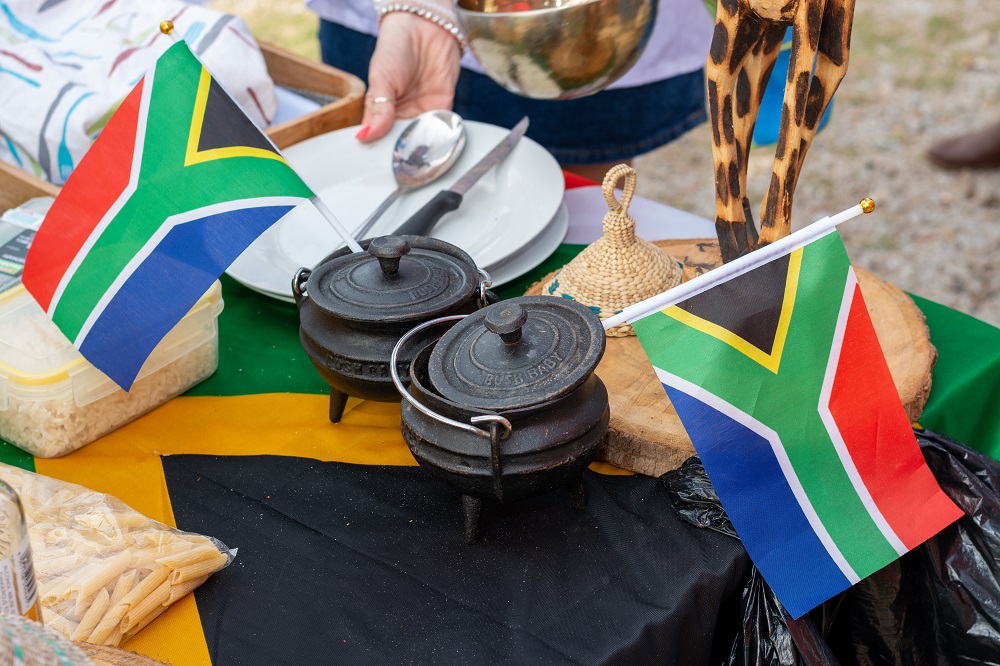The Basic Principles Of South African Culture Today
Table of ContentsSome Known Details About South African Culture Today Some Ideas on South African Culture Today You Should KnowGetting The South African Culture Today To WorkSouth African Culture Today Fundamentals Explained7 Simple Techniques For South African Culture TodaySome Known Facts About South African Culture Today.Some Known Facts About South African Culture Today.
Dating from 75,000 years back, these little pierced snail shells can have nothing else feature than to have been strung on a string as a necklace. South Africa was just one of the cradles of the human types. One of the defining attributes of the human varieties is the creation of art (from Latin "ars", indicating functioned or developed from raw material).One type of art created during the period of racism. This brand-new characterisation was described "municipality art" and came to be typical in the 1960s and 1970s. This art style often tended to depict scenes from daily life of poor black individuals in South Africa. Common visual elements in this art design are worn out homes, females washing clothes, dime whistlers, and black mother-and-child tableaux.
In addition, influences from various other distant nations have added to the range of the South African building landscape. Herbert Baker, amongst the country's most influential designers, created the Union Structures (South African culture today) in Pretoria. Other buildings of note consist of the Rhodes memorial and St George's Sanctuary in Cape Town, and St John's College in Johannesburg. The design has origins in medieval Holland, Germany, France and Indonesia.
Schuster's most successful movie internationally is Mr Bones, which was also the very best doing film locally at the time of its launch, making 35m USD. This was surpassed by the follow up, Mr Bones 2: Back from the Past. One of the most prominent film depicting South Africa in the last few years was.
The film was a critical and industrial success worldwide, and was chosen for Ideal Image at the 82nd Academy Honors. Another notable movie that was produced in South Africa is. Various other notable exemptions are the movie, which won the Academy Award for Foreign Language Movie at the 78th Academy Honors in 2006 as well as, which won the Golden Bear at the 2005 Berlin International Film Festival.
Facts About South African Culture Today Revealed
Rap-rave team Pass away Antwoord have actually also located global success. The South African music scene includes and, new songs categories that had actually established in the mid-1980s and late 2010s, and have considering that developed to end up being a prominent socio-economic type of depiction among the people. Nevertheless, some argue that the political facets of Kwaito have because diminished after Racism, and the loved one rate of interest in national politics has actually ended up being an extremely minor element of day-to-day live.
Accessibility to worldwide markets has released a burst of brand-new power and new investment. (WO) system, which was implemented in 1973 with a hierarchy of designated production regions, areas and wards.
"Single vineyard" white wines need to come from a specified location of less than 5 hectares. An "Estate A glass of wine" can come from adjacent farms, as long as they are farmed together and red wine is produced on site. A ward is an area with a distinct soil type and/or climate, and is roughly comparable to a European appellation.
South African Culture Today for Dummies

Quality R is a pre-primary structure year. Key institutions extend the initial seven years of schooling. Senior high school education and learning extends a more 5 years. The Senior Certification exam occurs at the More Help end of quality 12 and is essential for tertiary studies at a South African college. Public colleges in South Africa are separated right into three types: conventional colleges, which supply Continued theoretically oriented college levels; universities of technology (previously called "Technikons"), which supply trade oriented diplomas and levels; and thorough colleges, which offer both kinds of certification.
This has actually been posited, in component, to be due to the fact that of the perceived risk they posture to conventional male authority. South Africa has cultivated an expanding astronomy neighborhood., the biggest optical telescope in the southern hemisphere.
In MotoGP, remarkable racers include Brad Binder and his more youthful bro, Darryn Binder. Durban Web Surfer Jordy Smith won the 2010 Billabong J-Bay competitors making him the No. 1 ranked web surfer in the world. Famous cricket players consist of Herschelle Gibbs, Graeme Smith, Dale Steyn, Jonty Rhodes, Jacques Kallis, JP Duminy. South African culture today, Quinton de Kock, Faf du Plessis, Keshav Maharaj, Kagiso Rabada, David Miller and abdominal de Villiers, etc
Our South African Culture Today Diaries

Dime Heyns won Olympic Gold in the 1996 Atlanta Olympic Gamings. Swimmer Tatjana Smith (ne Schoenmaker) won silver and gold medals at both the Olympic Gamings and the Republic Games. In golf, Gary Gamer is normally concerned as among the best golf enthusiasts of all time, having actually won the Career Grand Slam, among five golf players to have actually done so.
"What's in a name? Racial categorisations under discrimination and their immortality" (PDF). Makeover: 5074. ISSN 0258-7696. Archived from the initial (PDF) on 8 November 2006. Pillay, Kathryn (2019 ). "Indian Identity in South Africa". The Palgrave Manual of content Ethnicity. pp. 7792. doi:. ISBN 978-981-13-2897-8. Peffer, John. (2009 ). Art and completion of apartheid.
South African Culture Today Can Be Fun For Anyone

"Federal government expenditure on education and learning (% of GDP)". United Nations Growth Program. Obtained 14 October 2016. "Bantu Education and learning". Overcoming Racism. Obtained 20 June 2010. "History of Scouting in South Africa". South African Scout Organization. 2006. Archived from the initial on 1 January 2007. Gotten 30 November 2006. Archived 26 November 2007 at the Wayback Equipment Gandar, Sally (27 April 2021) - South African culture today.
Daily Radical. Retrieved 28 June 2010. Cooper, Billy (12 July 2010).